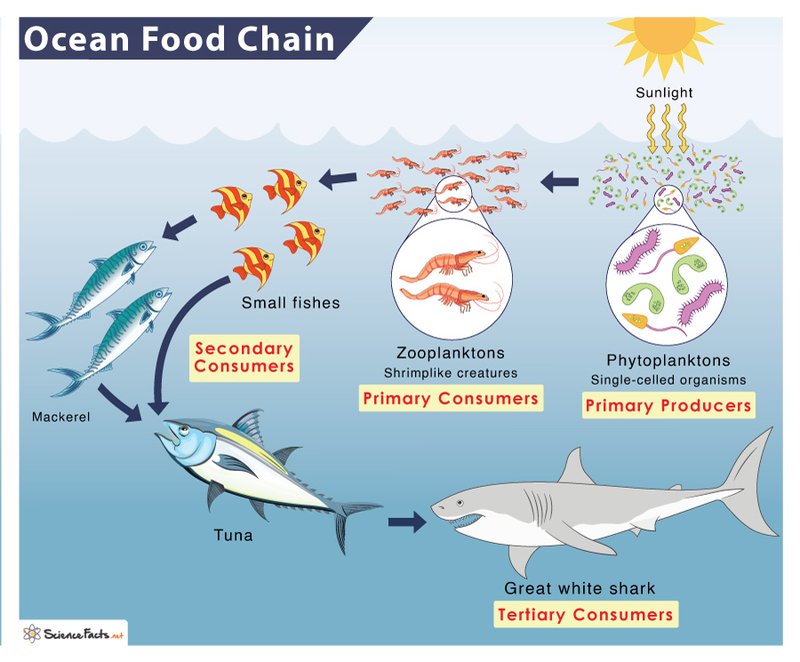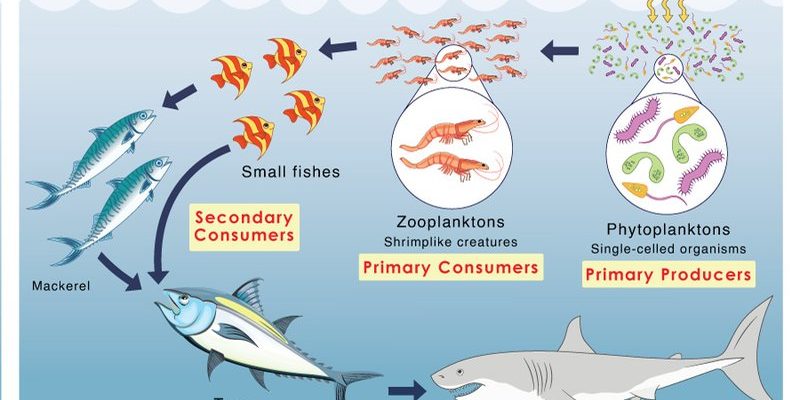
You might be wondering what exactly a Bobbit worm is and why it matters in the grand scheme of the ocean’s food web. Let’s break it down. These long, segmented worms, often exceeding three feet in length, are part of the polychaete family. They live buried in sand or mud, extending their prey-catching appendages to snatch passing fish and crustaceans. Their role is significant—not just because they’re predators but also because they impact the population dynamics of numerous marine species. So grab a cup of coffee, and let’s explore the role of Bobbit worms in the marine food chain.
What Are Bobbit Worms?
Bobbit worms, known scientifically as *Eunice aphroditois*, are quite fascinating. They can grow incredibly long—up to ten feet in some cases! These worms are named after the infamous Lorena Bobbitt due to their predatory skills. They lurk in the sand, waiting for unsuspecting prey to come too close, and then strike with lightning speed.
You might visualize them as the ninjas of the sea. They have a series of sharp, needle-like jaws that snap shut when a fish swims by. That’s not just for show; it’s how they secure their meal. While they can seem terrifying, Bobbit worms are a crucial part of the ecosystem, helping to control fish populations and maintain balance in their habitats.
But what’s a Bobbit worm’s habitat like? Generally, they prefer tropical and subtropical waters, often found in coral reefs or shallow areas. By creating homes in the sand, they contribute to sediment stability, which is important for other marine life. Their presence often means a diverse habitat, making them essential players in their environment.
The Bobbit Worm’s Role in the Marine Food Chain
In the marine food chain, every creature has its role, and Bobbit worms are no exception. They are considered **top predators** in their ecosystem, meaning they have a significant impact on the populations of smaller fish and invertebrates. When they hunt, they effectively regulate the populations of their prey, preventing any single species from dominating the ecosystem.
Here’s the thing: when Bobbit worms thrive, it can lead to a healthier overall environment. Healthy predator-prey relationships keep marine life diverse and stable. For instance, if Bobbit worms were to disappear, the fish populations they prey upon could explode. This imbalance might lead to overgrazing on algae and other vital plants, ultimately harming the entire ecosystem.
Interestingly, these worms also serve as prey for larger animals. Creatures like octopuses and certain fish may seek out Bobbit worms as a meal themselves. So, they fit into the food chain both as hunters and as hunted, maintaining a balance that supports diverse marine life.
Feeding Habits of Bobbit Worms
Bobbit worms are quite the opportunistic feeders. They have a strategy that relies on patience and speed. They spend most of their time hidden, blending into their surroundings until they sense movement nearby.
When prey comes close, they spring into action, using their powerful jaws to capture fish, shrimp, and other small marine creatures. It’s not just a dinner-time affair; this hunting technique ensures that they are not just feeding themselves but also regulating the populations of their prey species. You might say that they play a dual role: they protect the balance while satisfying their hunger.
Their feeding habits can influence the size and health of their prey populations. For example, if Bobbit worms catch a lot of smaller fish, it can help prevent overpopulation, allowing other species to thrive. This balance is crucial to the overall health of the coral reef ecosystems where they reside.
The Importance of Bobbit Worms in Coral Reefs
Coral reefs are often called the “rainforests of the sea” because of their extraordinary biodiversity. In these vibrant ecosystems, Bobbit worms play an essential role. They help maintain the health of coral reefs by controlling the populations of herbivores and other small creatures that might otherwise overconsume vital coral and algae.
Think about it: without Bobbit worms, there could be too many herbivores munching on the plants that corals need to grow and thrive. By keeping these populations in check, Bobbit worms indirectly contribute to the health and stability of coral reefs.
Moreover, their burrowing behavior helps aerate the sediment, promoting nutrient cycling that benefits various coral species and supporting a diverse range of marine life. This contributes to the overall resilience of the ecosystem, allowing it to better withstand environmental changes.
Bobbit Worms and Human Interactions
Humans play a significant role in the health of marine ecosystems, and our relationship with Bobbit worms is no exception. Unfortunately, habitat destruction and pollution are threatening these unique creatures. With the decline of coral reefs due to climate change and overfishing, the plight of Bobbit worms reflects broader ocean health concerns.
Here’s the thing: when we protect the habitats that support Bobbit worms, we also support countless other marine species. Initiatives like coral reef conservation and sustainable fishing practices can help safeguard the delicate balance of these ecosystems. If you care about the ocean, supporting organizations that protect marine environments can make a real difference.
It’s essential to understand that every creature, including the often-overlooked Bobbit worm, plays a part in the intricate web of life in the sea. Our actions can either help or harm these populations, which is why awareness and responsibility are vital.
The Future of Bobbit Worms
Looking ahead, the future of Bobbit worms hangs in the balance. As oceans face rising temperatures and increasing acidification, their habitats are under threat. Scientists are working hard to understand how these changes affect marine life, including Bobbit worms.
Climate change impacts not just temperature but also the entire food chain. So, when we talk about protecting Bobbit worms, we’re really discussing a broader need to safeguard ocean health. Sustainable practices in fishing, reducing pollution, and supporting marine protected areas can all contribute to preserving these unique creatures and their habitats.
Ultimately, the health of the ocean depends on every single link in the food chain, from the tiniest plankton to the mighty Bobbit worm. By prioritizing conservation efforts, we can ensure that these remarkable creatures continue to thrive and fulfill their crucial roles in the marine food web.
In summary, Bobbit worms might seem like an unlikely hero in the marine food chain, but they are essential players in maintaining the balance of underwater ecosystems. By understanding their role and the importance of their habitats, we can better appreciate the intricate connections that sustain life in our oceans. Through informed actions, we can all contribute to a healthier marine environment for future generations.

